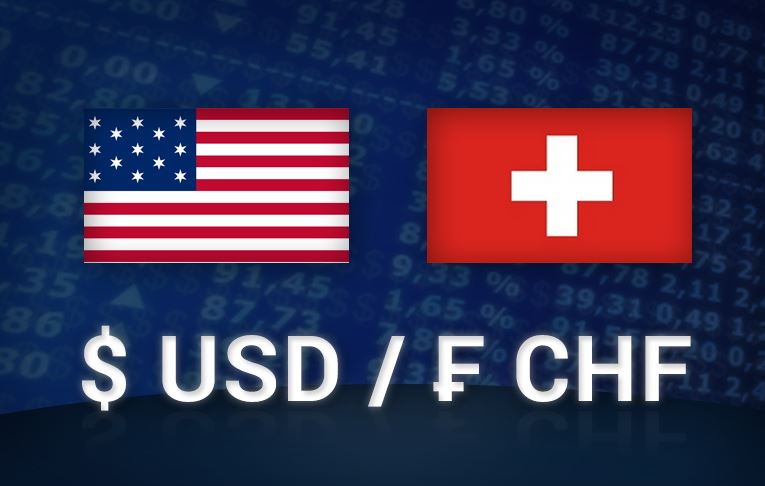For the year, the USDCHF range is relatively narrow. Flows out of the safety of the CHF and a rise in the USD have both resulted in a recovery in the USDCHF in 2021. Technically, the longer-term weekly chart suggests a more bearish bias for the year as a whole, despite gains in recent months.
In the first week of the calendar year, the pair’s USD low extreme happened to be set as it was for EURUSD and USDJPY. Trump supporters stormed the Capitol in Washington DC on January 6, and the low was set at 0.875687 (the day of the storming). As a result, the level was the lowest since January 2015.
In April, 0.9472 was high for the year. The range of trading from low to high was 715 points. The range of trading from low to high was:
- – The range for 2020 was 1109 pips
- – Only 593 pips were traded in 2019
- – There were 951 pip ranges in 2018
- – The 2017 range was 910 pips
- – There were 906 pip ranges in 2016
As a result, volatility was somewhat muted compared to recent low to high price ranges. You can see that visually from the weekly chart. Despite the higher price action, there are also many ups and downs.
In the following 6 of the following eight weeks, the pair moved lower, reaching a swing low of 0.89299 on May 25. The price low reached 0.89255 a few weeks later, June 9, but could not move any further. As the price crept higher towards the end of the year, the near double bottom remained at the lowest levels.

On September 30 and November 24, prices reached 0.93676 and 0.93729, respectively.
In the daily chart above, you can even see red numbered circles corresponding to the swing lows and highs that were within five pips of each other and thus occurred as far back as May 2020 (see red circles between 0.9360 and 0.9375 on the daily chart). A bullish barometer for 2022 will be those highs.
Several key levels point to the pair having a more bearish bias toward year-end considering the weekly chart.
In September and November, the area between 0.9336 and 0.9375 provided resistance. (See the circles in red on the daily chart.) Reestablishing the swing area in May 2020 and staying below the extremes for the year sets a lower ceiling and looks more bearish.
Since the moving average was established six trading weeks ago, the price has traded above and below several times, but so far this week, it has stayed below it, showing a more bearish bias.
On the other hand, if the trendline were broken, a bearish bias would be increased, and traders would be looking for an entry point to a swing area between 0.9978 and 0.917. Under those levels, the sellers are even getting stronger, with targets at the ratio of 0.8930, 0.8870, 0.8822, and the low for the year and 0.87568.
The key swing area is between 0.9360 and 0.9375 (red numbered circle), followed by the 38.2% retracement of the move down from the 2019 high at 0.93214.


